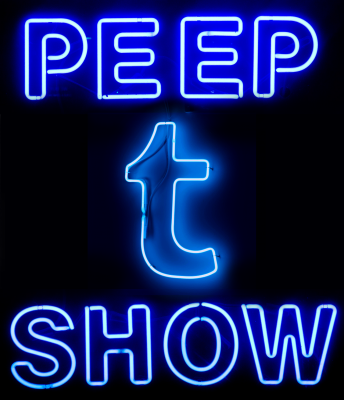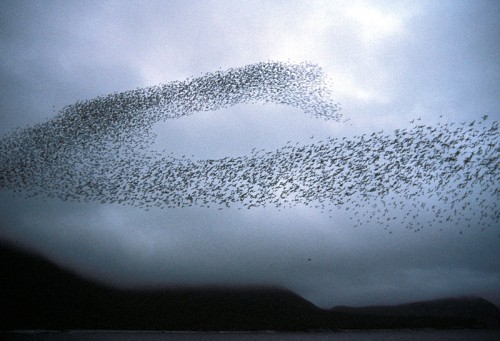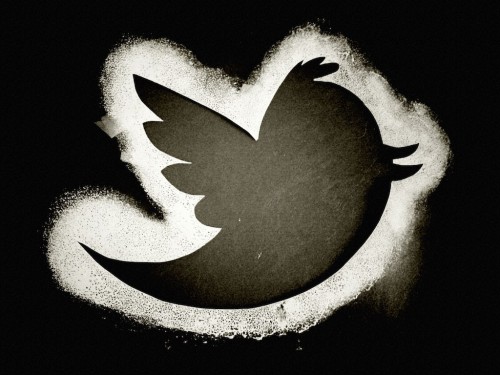The best way I can describe the experience of summer 2019-2020 in Australia is with a single word: exhausting. We have been on fire for months. There are immediate threats in progress and new ones at the ready. Our air quality levels dip in and out of hazardous, more often in the former category than the latter. This has been challenging for everyone. For many, mere exhaustion may feel like a luxury.
In the trenches of the ongoing fires are the Australian emergency service workers, especially the “fireys,” who have been tireless in their efforts to save homes, people, and wildlife. While the primary and most visible part of their work is the relentless job of managing fires, there is also a secondary–though critical–task of public communication, keeping people informed and providing material for anxious-refreshers looking for information about “fires near me.” In the last few days, as fires have approached the Canberra suburbs where I live, an interesting variant of public safety communication has emerged: Instagramable photography. more...









